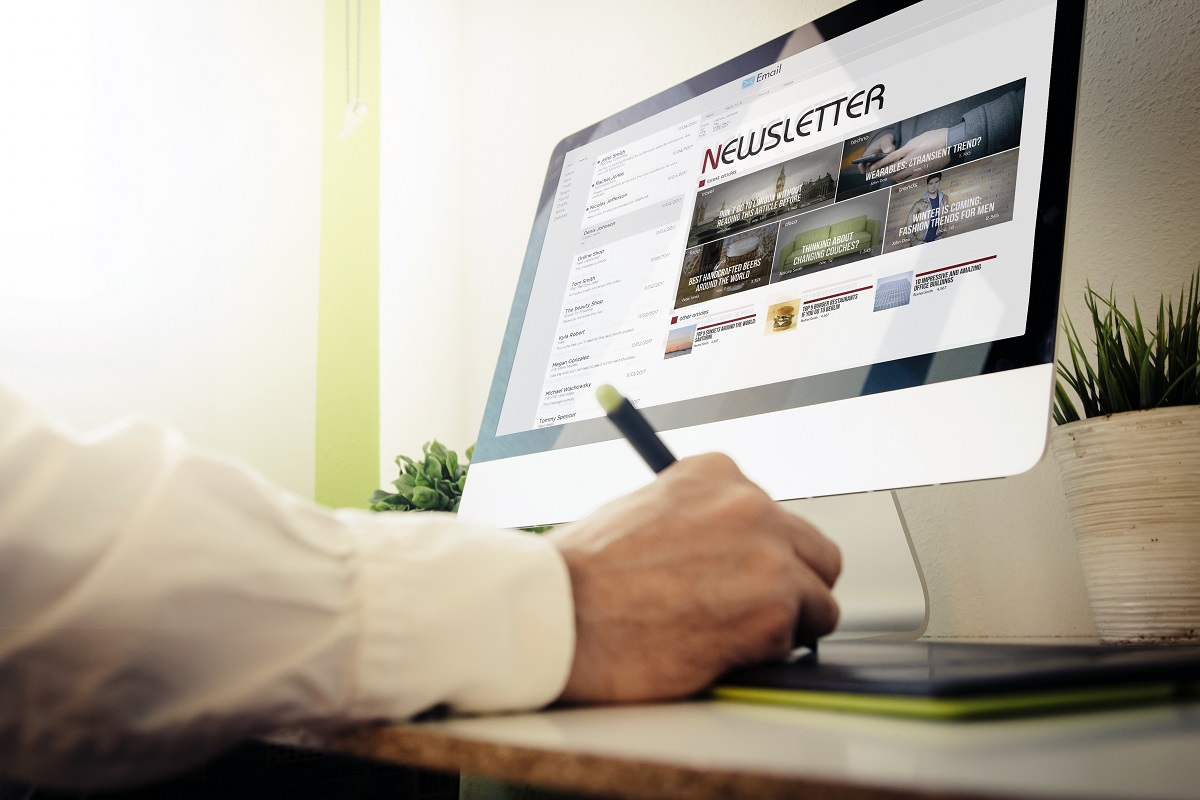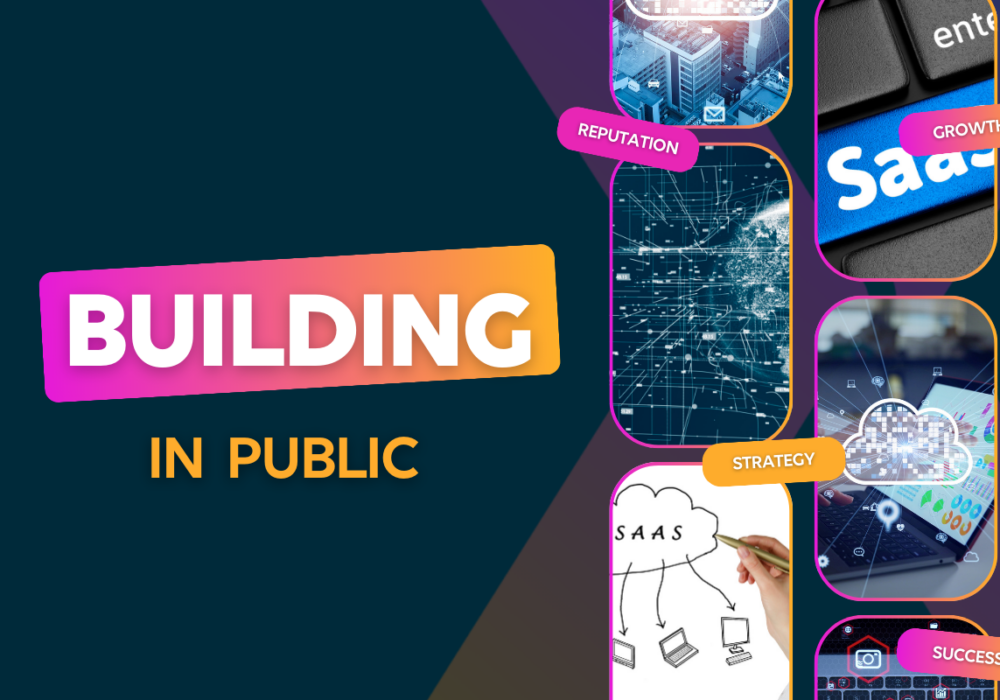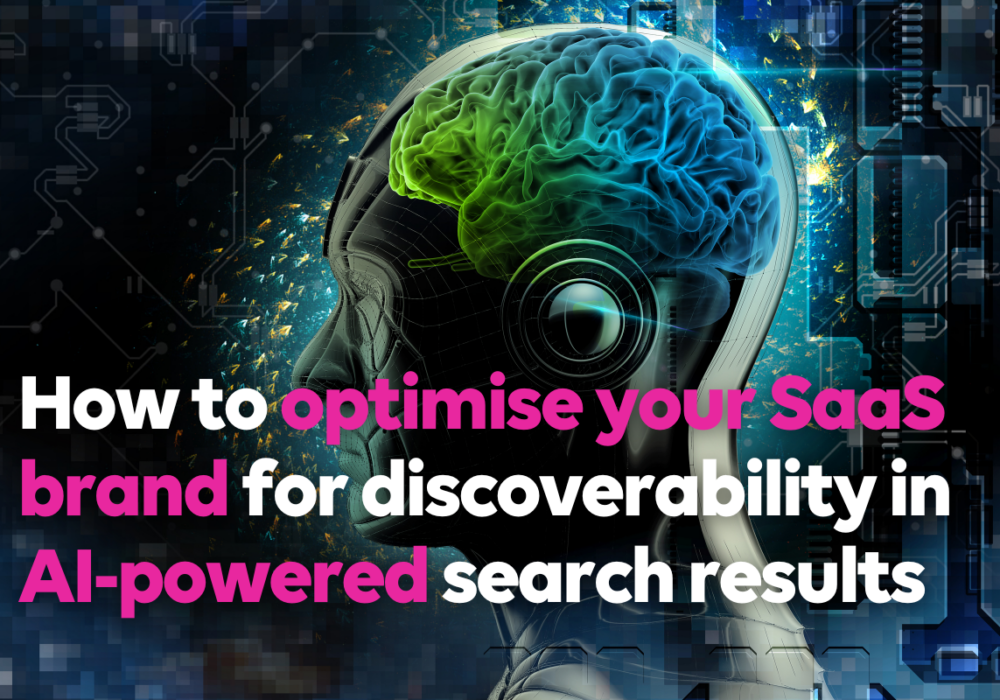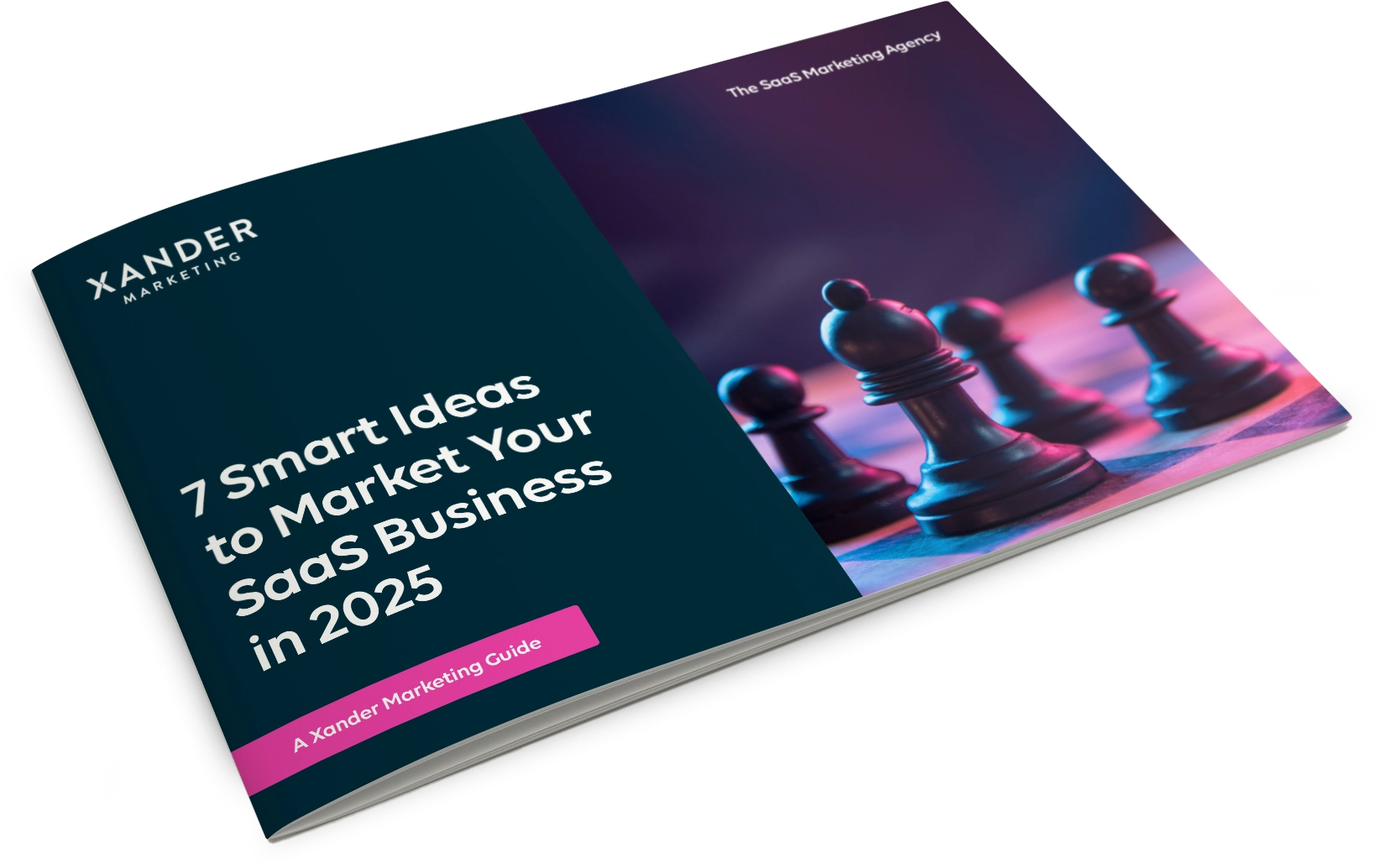How Personalisation Can Transform Your SaaS Email Marketing Strategy
4th October 2022

It’s easy to get stuck in a rut with SaaS email marketing: you likely have a set routine for outbound emails, monthly newsletters, launches and promotions. Chances are you use the same audience segments for each email campaign, and stick to the same content templates and tone.
While building visual and tonal familiarity is a plus point for your brand, you may be feeling it’s time for a bit of a shake-up. Perhaps your emails aren’t performing as well as they used to, or your leads don’t seem as engaged.
This is where personalisation comes in. No longer just a fad, personalised communication is expected by 71% of consumers, with 76% becoming frustrated when they receive non-personalised content.
Personalised email means using subscriber data to build custom content for each recipient. While many brands already use first names or birthdays, true personalisation goes far beyond this, affecting every aspect of your email marketing strategy from the content of your email to the time it’s sent.
Read on to discover some key components of SaaS email personalisation, and how a personalisation-first approach can rewrite your entire email strategy for the better.
The Benefits of Email Personalisation
1. Increased open rates
It doesn’t matter how engaging the content or your email is if it never gets opened. Your customers’ inboxes are full of marketing messages, all vying for attention. A personalised subject line can help you stand out from the crowd, and make readers curious to learn more.
Studies suggest that personalised subject lines can improve open rates by as much as 26%. This could be as simple as using a first name or business name in the subject, or as sophisticated as mentioning a lead’s specific business interests.
2. Increased engagement
An increased open rate means increased opportunities to engage with your leads, and personalisation is the most commonly used strategy to increase engagement.
Personalised SaaS emails can make your recipients feel seen and heard by tapping into particular pain points they’re dealing with and offering a bespoke solution. This demonstrates how much value your business places on its customers, and lays the foundation for a trusting relationship.
3. Increased revenue
An engaging personalised email can often be the tipping point when it comes to customers’ purchasing decisions. A basic promotional email can describe a great product and offer a deal, but a personalised one can highlight benefits specific to the recipient and gently guide them toward conversion.
Customers tend to spend money where they feel appreciated, and 61% of marketers report increased conversion rates when using personalised messaging.
Audience Segmentation
To truly benefit from personalisation, you will need to rebuild your email strategy from the ground up. Personalisation begins with smart audience segmentation, grouping your mailing list according to commonalities such as location, industry, or role in an organisation.
This allows you to add general personalisations right off the bat, by offering content specific to small business owners, office managers, or North London-based estate agents. Even small personalisations on this level make readers instantly more likely to connect to your email, as they can tell right away that the information in it will be relevant to their needs and interests.
Segmentation of email campaigns alone can increase revenue by up to 760%, but it also forms the basis for more specific personalised B2B email marketing strategies. Targeted segments based on customer behaviour can help create triggered and dynamic content that speaks to recipients on an individual level.
You likely already have segmentations set up for your email campaigns – for example, customers and prospects. However, this is a great time to audit those segments, and suggest alternatives that speak more about the recipients and might serve to create better personalised content.
Triggered Emails
You might think that using automated emails decreases the opportunity for personal touches. However, with an appropriately segmented audience you can use email marketing software such as Campaign Monitor or HubSpot to automatically send emails to subscribers based on specific criteria.
This breaks away from the traditional strategy of sending emails in regular bursts, and instead sends pre-composed or dynamic emails individually based on certain actions taken by recipients. This strategy helps you to align your email strategy with the buyer journey, offering them key information at critical decision points and guiding them toward conversion.
To build a winning triggered email sequence, start by mapping out your buyer journey and then add relevant email ideas to key moments along the way. For example, you’ll want to start with segmented welcome emails triggered whenever you get a new subscriber.
You may also choose to trigger automated emails when potential customers click away from your site, leave an item in their cart, or attend an event or webinar. These emails act as friendly reminders of your product’s relevance, and could offer helpful information like FAQs or links to useful pages on your site.
Once a customer has converted and been onboarded, you can use triggered emails to celebrate their successes and help them with queries. An email could be triggered once a customer has used your product every day for a week, or once they set and achieve their first goal on it. This personalised involvement will keep customers invested in your product, and boost retention.
Setting up a great triggered email campaign takes some time, but the results are powerful. In fact, research shows that triggered emails get a 38% open rate, compared to an overall average of 21%.
Dynamic Content
Once you have a well-segmented audience and a triggered email campaign set up, you can use these as a basis to explore dynamic content. This innovative addition to emails allows you to display different content to different recipients, based on their audience segments and user behaviour.
By tapping into information gathered from cookies, dynamic content tools such as HubSpot can boost engagement and conversions by cross-selling, up-selling and following up on abandoned carts.
For example, a banner at the bottom of an email could display upsell options based specifically on a recipient’s previous purchases. Each recipient will therefore see the products most relevant to their own needs, and be more likely to click through and purchase.
Dynamic content saves you the time and effort of individually sending specific promotions to specific segments, and allows you to instead set rules which automatically place relevant content at the end of more general emails.
This strategic tool not only increases the likelihood of gaining new customers, but works to create long-term relationships, increasing the lifetime value of existing customers.
Rethink your Email Strategy with Xander Marketing
B2B email personalisation is rightly seen as a priority by marketing leaders, with 52% planning to increase spend on personalisation tools and content marketing. Rethinking your email strategy has never been more necessary if you want to keep up with the competition – but fortunately it’s never been easier either.
Start by observing and understanding the behaviour and needs of your customers. This will form a firm foundation for your segments, triggers and dynamic blocks to grow from.
Xander Marketing is the ideal experienced email marketing partner to help you gain a nuanced understanding of your audience, with years of personalised email marketing experience. Our average open and click through rates consistently beat the industry average.
From recommending the right email marketing tools for your business to creating content, testing campaigns and supporting results, we’re with you every step of the way.
If you’re ready to redesign your email strategy with personalisation at its core, Book your free 30-minute consultation today.





